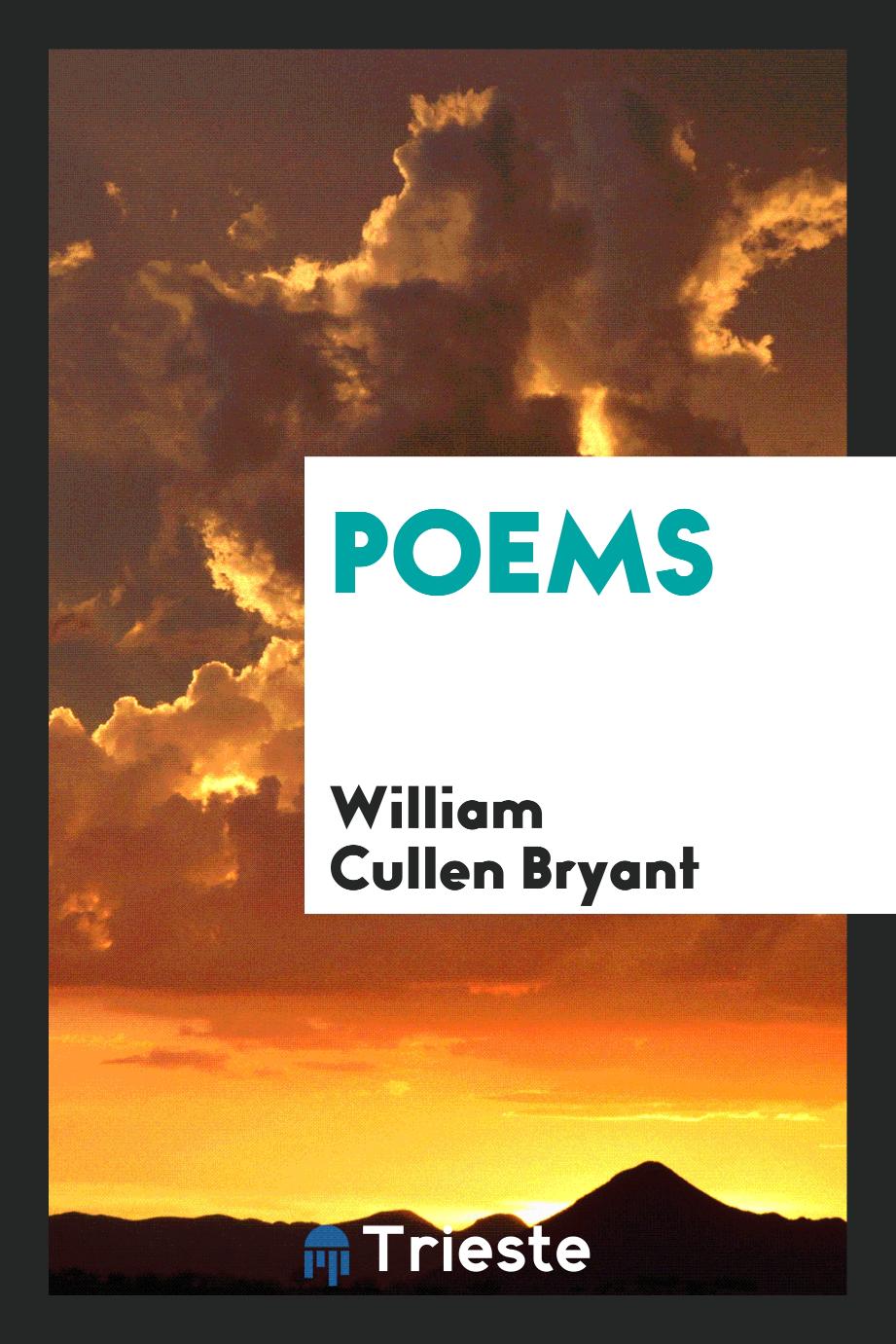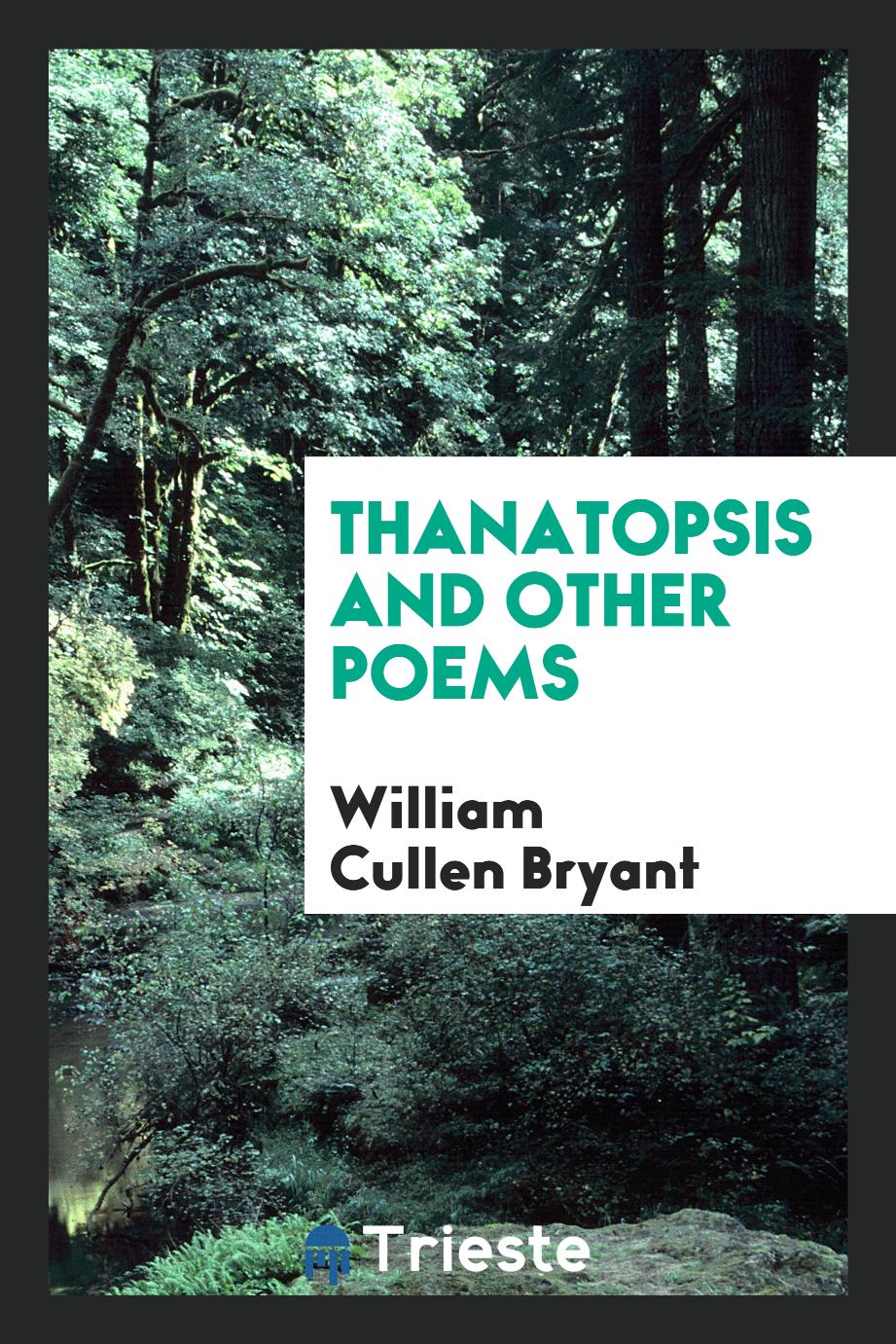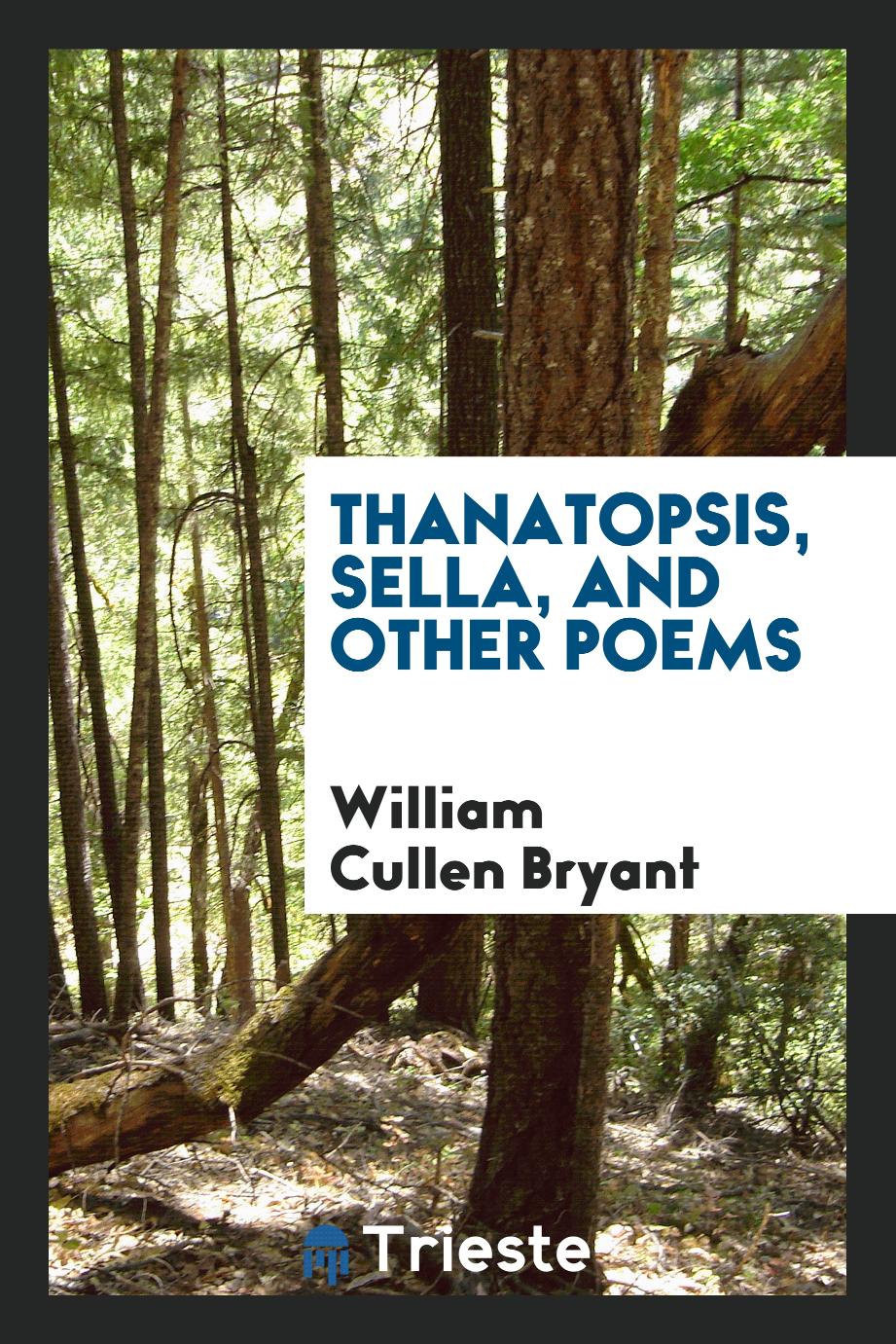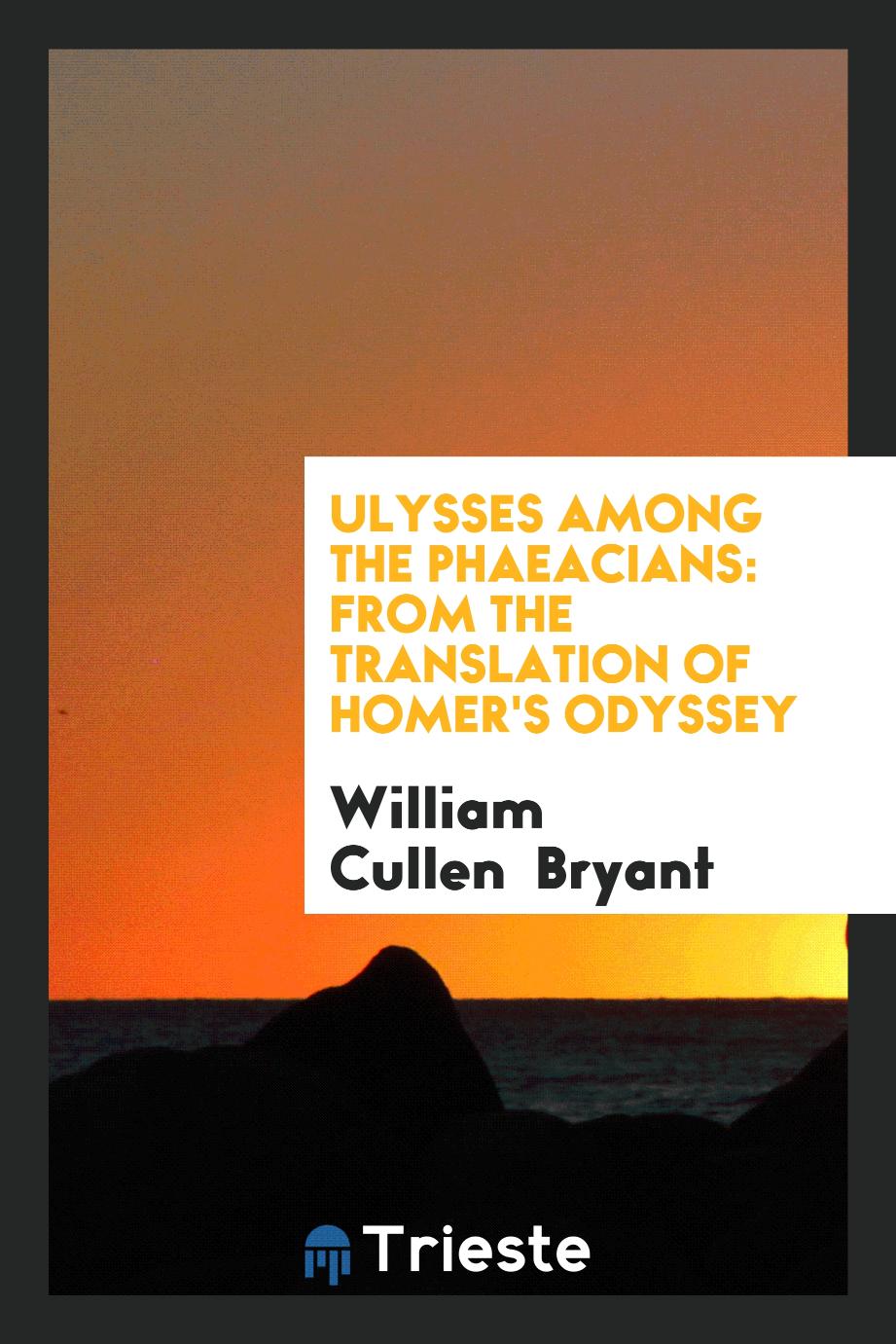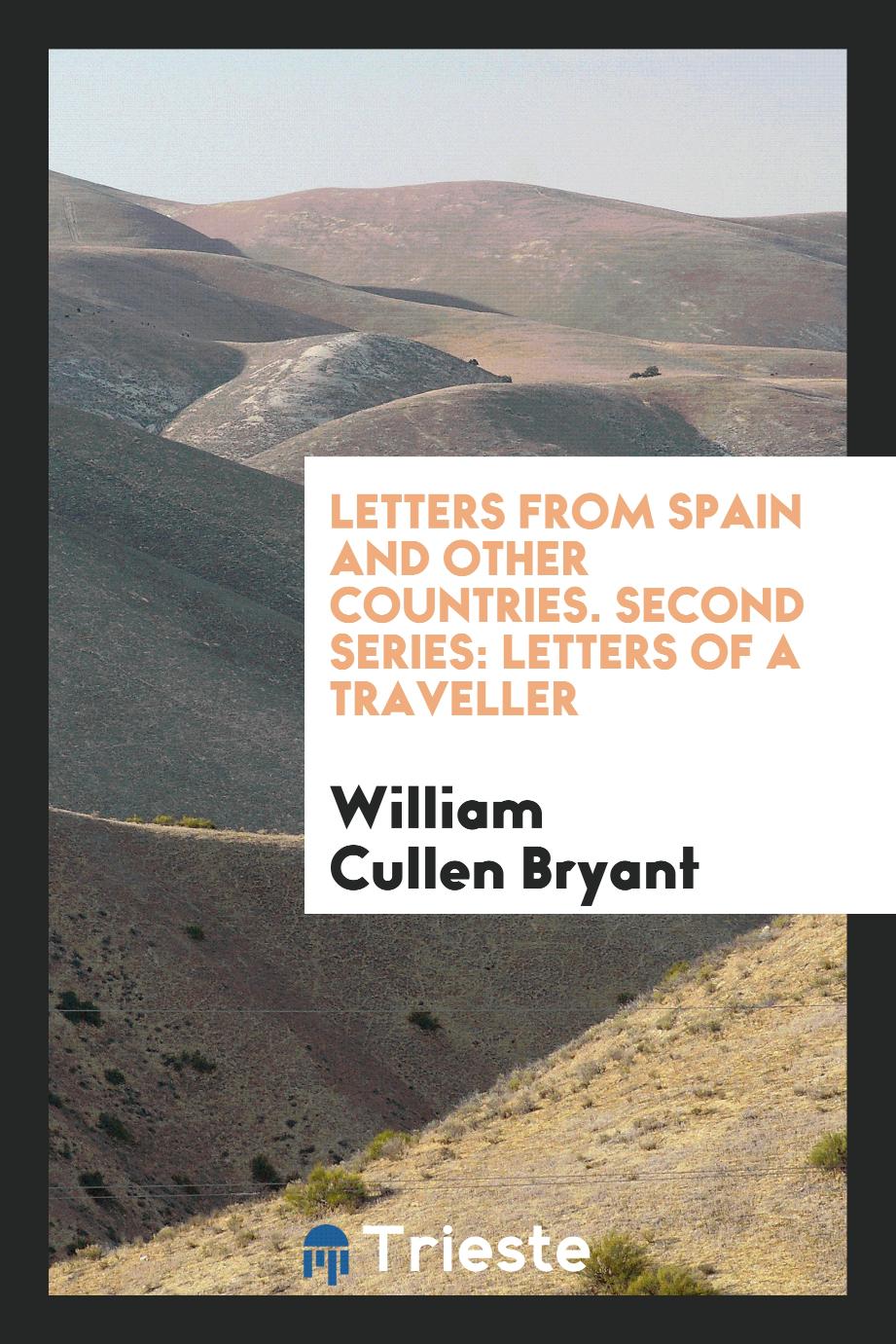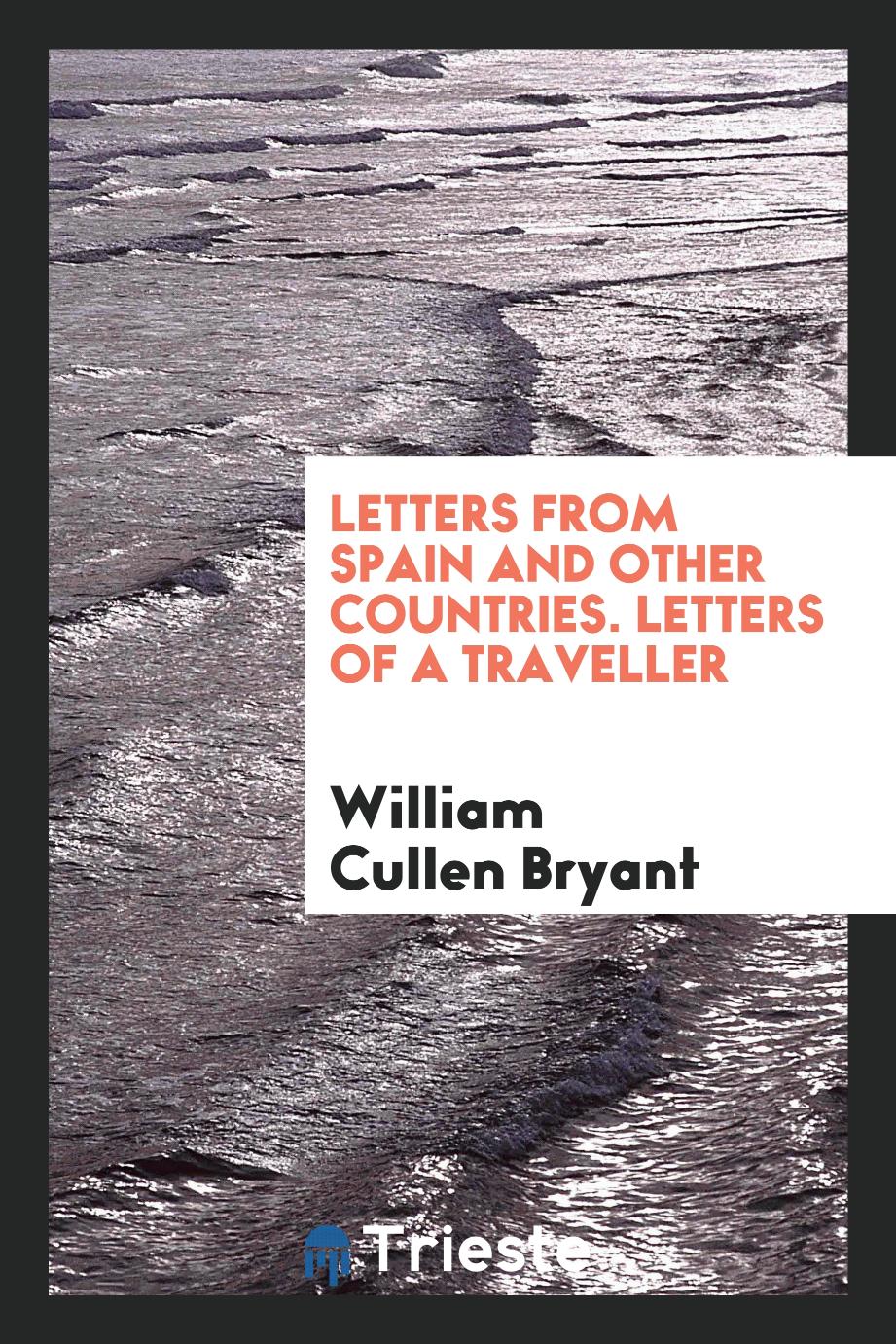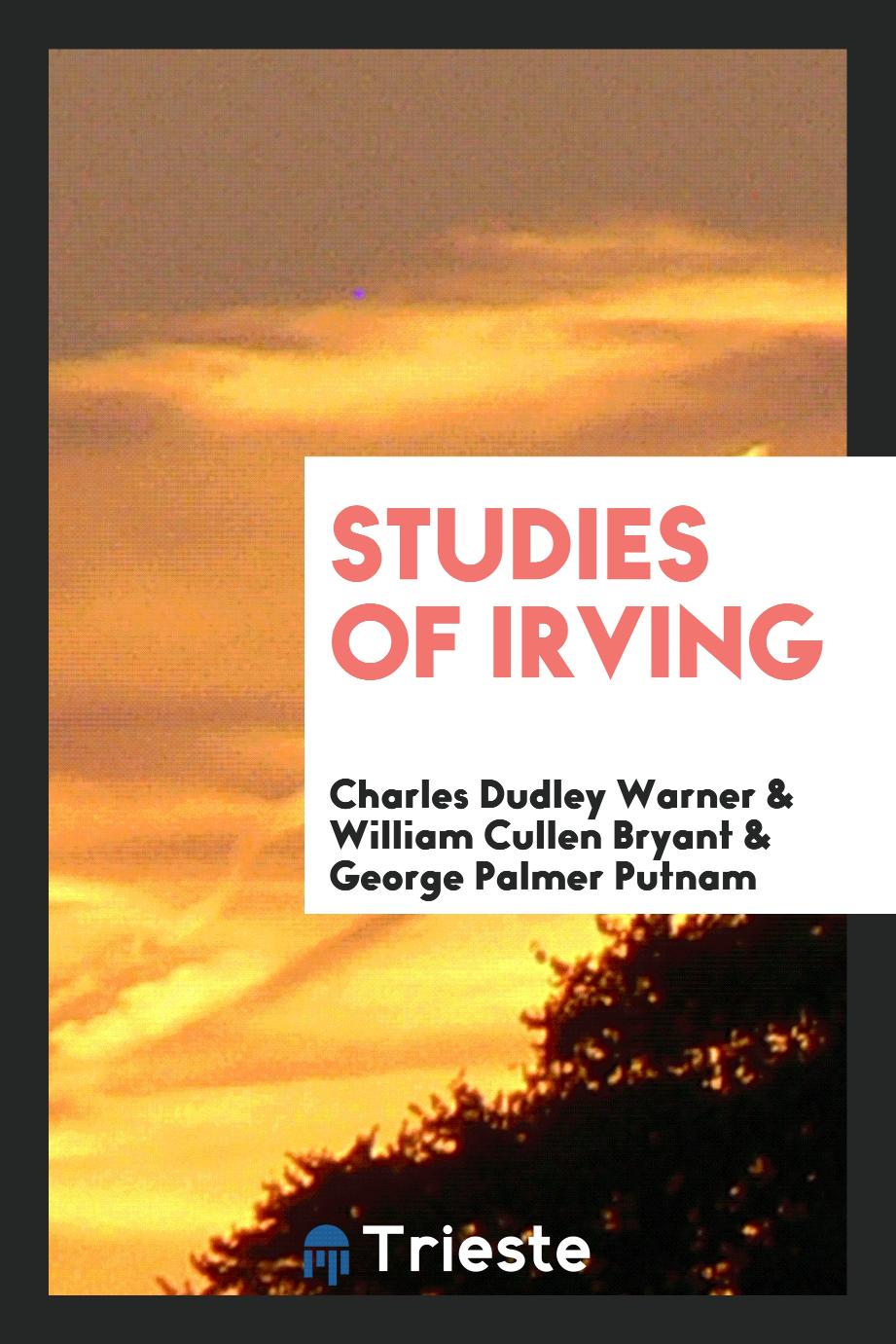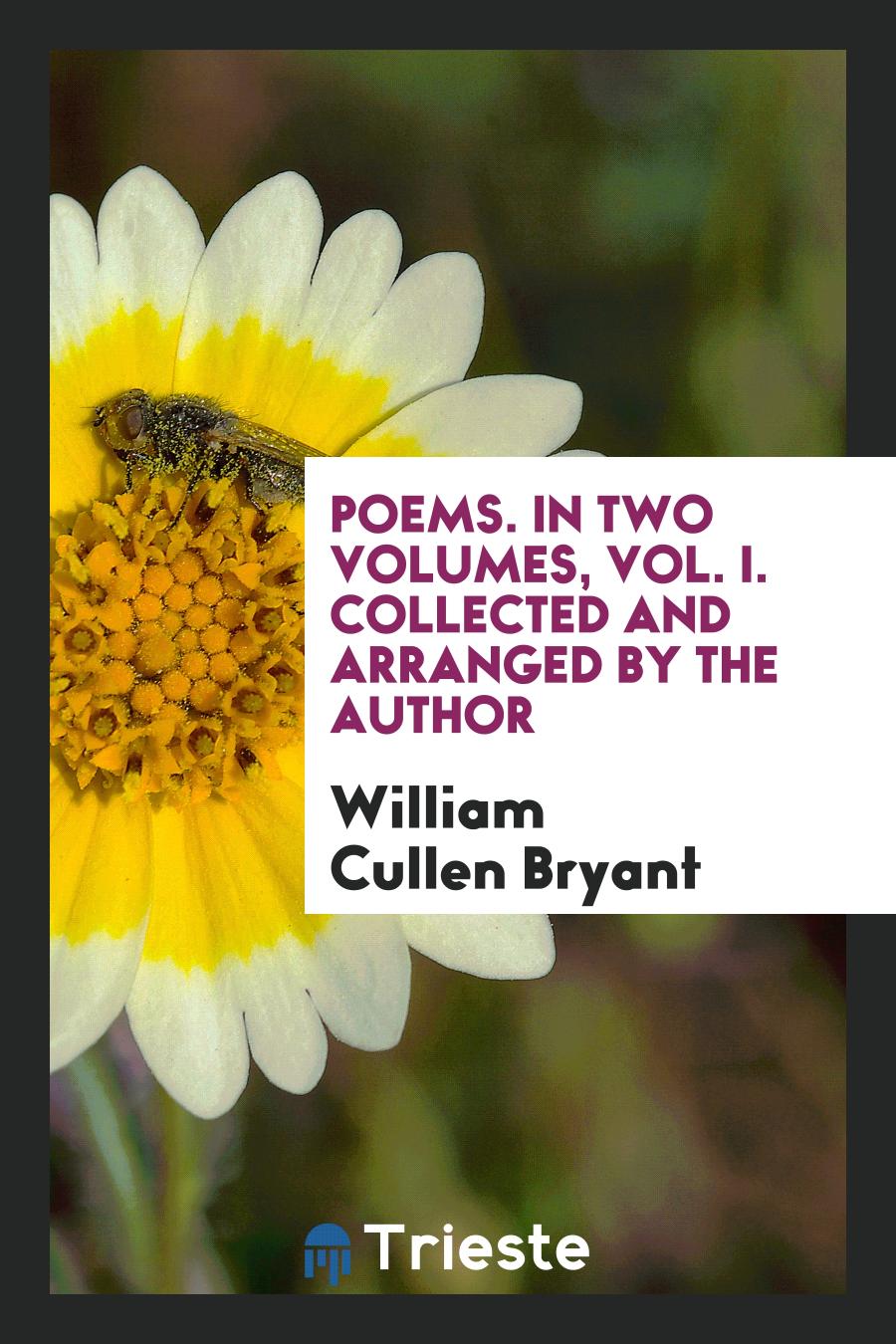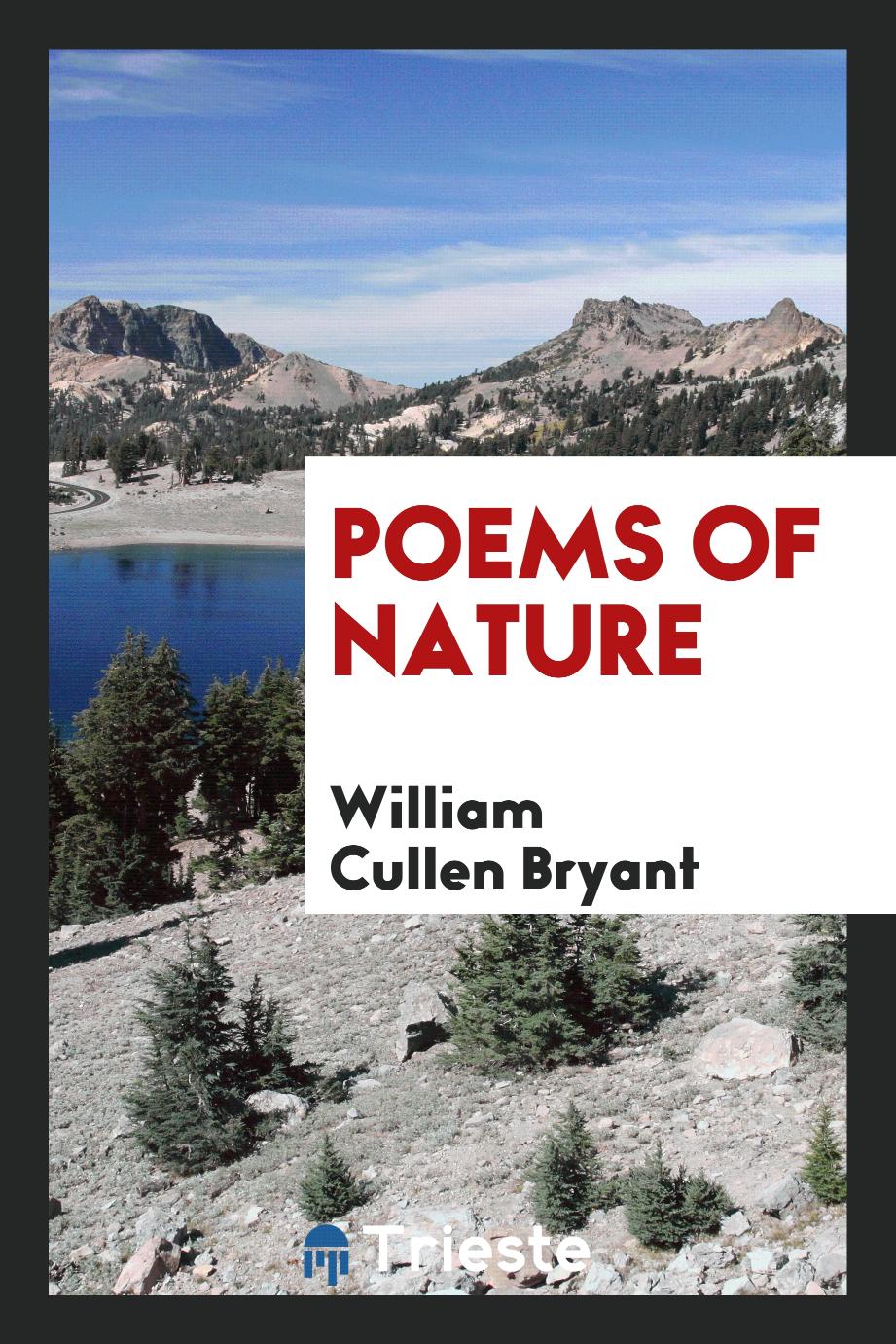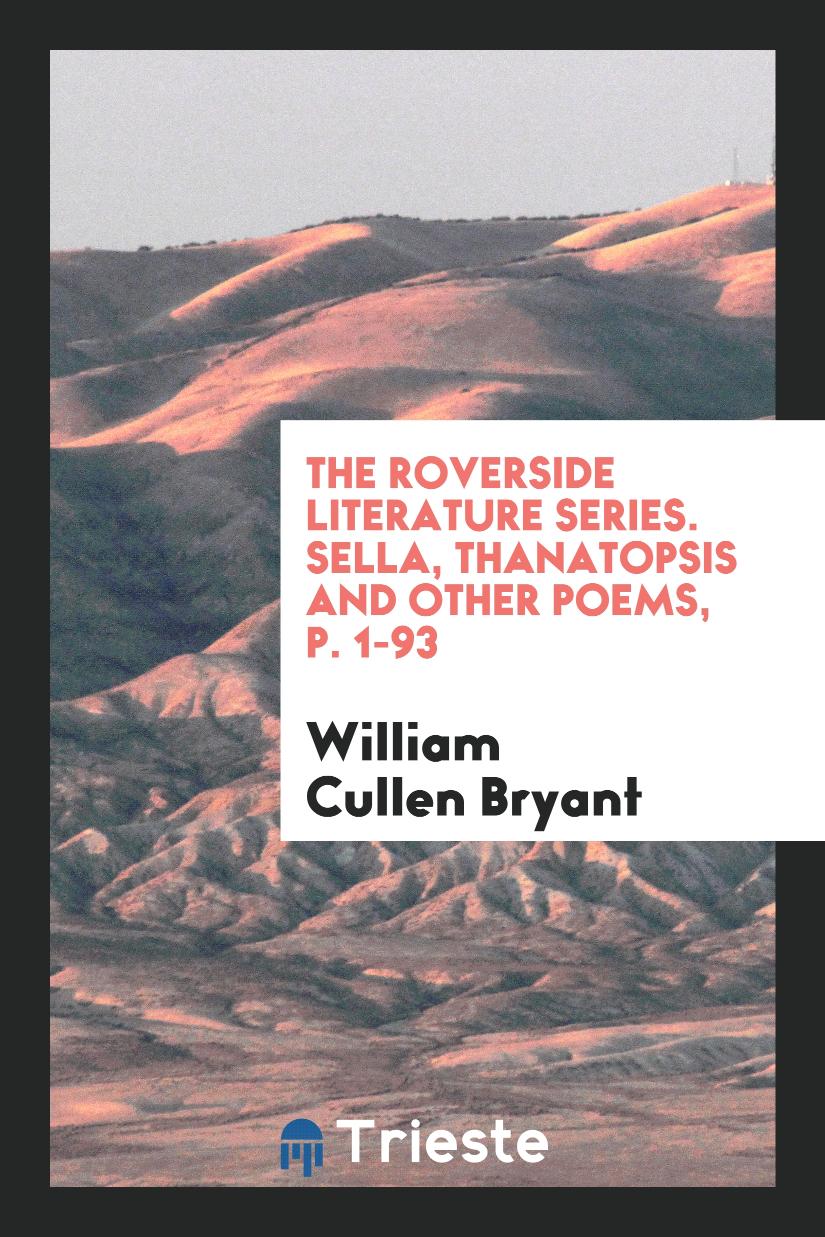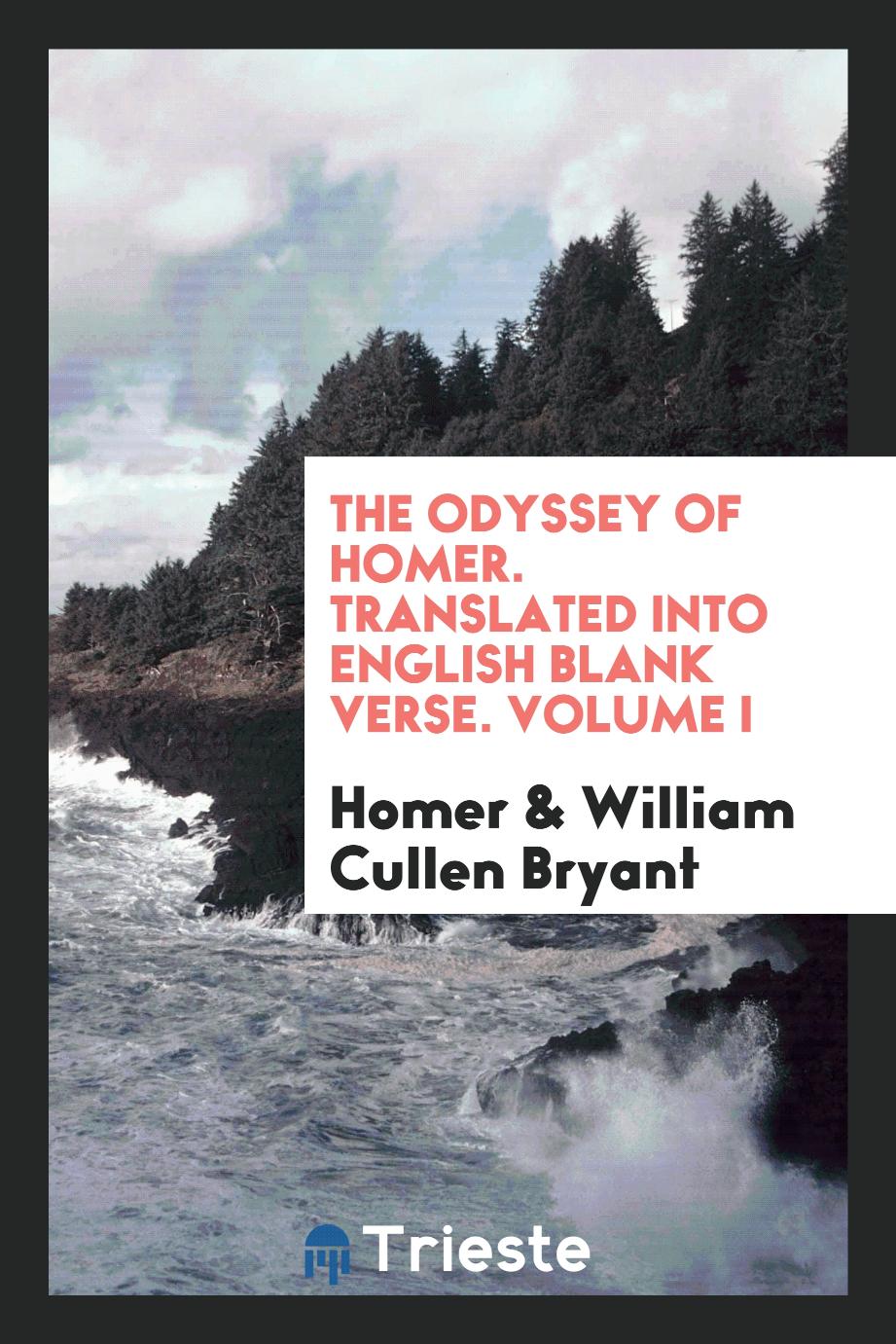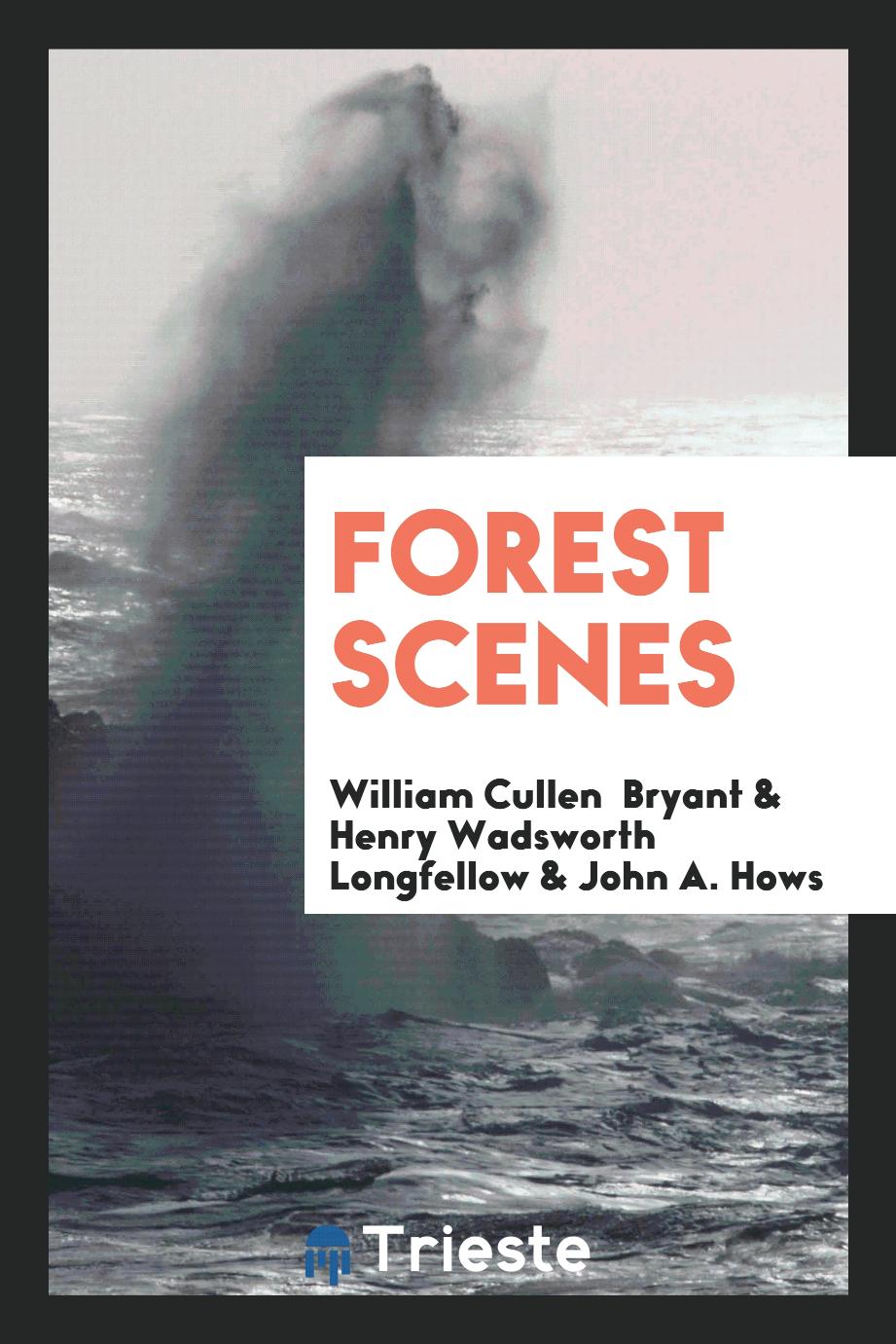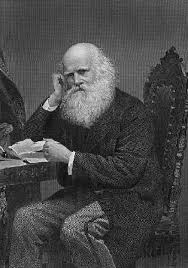
William Cullen Bryant
William Cullen Bryant (November 3, 1794 - June 12, 1878) was an American romantic poet, journalist, and long-time editor of the New York Evening Post. Bryant was born on November 3, 1794, in a log cabin near Cummington, Massachusetts; the home of his birth is today marked with a plaque. He was the second son of Peter Bryant (b. Aug. 12, 1767, d. Mar. 20, 1820), a doctor and later a state legislator, and Sarah Snell (b. Dec. 4, 1768, d. May 6, 1847). The genealogy of his mother traces back to passengers on the Mayflower: John Alden (b. 1599, d. 1687), his wife Priscilla Mullins and her parents William and Alice Mullins. The story of the romance between John and Priscilla is the subject of a famous narrative poem by Longfellow "The Courtship of Miles Standish". He was also the nephew of Charity Bryant, a Vermont seamstress who is the subject of Rachel Hope Cleves's 2014 book Charity and Sylvia: A Same-Sex Marriage in Early America. William Cullen Bryant described their relationship: "If I were permitted to draw the veil of private life, I would briefly give you the singular, and to me interesting, story of two maiden ladies who dwell in this valley. I would tell you how, in their youthful days, they took each other as companions for life, and how this union, no less sacred to them than the tie of marriage, has subsisted, in uninterrupted harmony, for more than forty years." Charity and Sylvia Drake are buried together at Weybridge Hill Cemetery, Weybridge, Vermont. Bryant and his family moved to a new home when he was two years old. The William Cullen Bryant Homestead, his boyhood home, is now a museum. After just one year at Williams College (he entered with sophomore standing), he hoped to transfer to Yale, but a talk with his father led to the realization that family finances would not support it. His father counseled a legal career as his best available choice, and the disappointed poet began to study law in Worthington and Bridgewater in Massachusetts. He was admitted to the bar in 1815 and began practicing law in nearby Plainfield, walking the seven miles from Cummington every day. On one of these walks, in December 1815, he noticed a single bird flying on the horizon; the sight moved him enough to write "To a Waterfowl". Bryant developed an interest in poetry early in life. Under his father's tutelage, he emulated Alexander Pope and other Neo-Classic British poets. "The Embargo", a savage attack on President Thomas Jefferson published in 1808, reflected Dr. Bryant's Federalist political views. The first edition quickly sold out—partly because of publicity attached to the poet's young age. A second, expanded edition included Bryant's translation of classical verse. During his collegiate studies and his reading for the law, he wrote little poetry, but encounters with the Graveyard Poets and then Wordsworth regenerated his passion for "the witchery of song."
